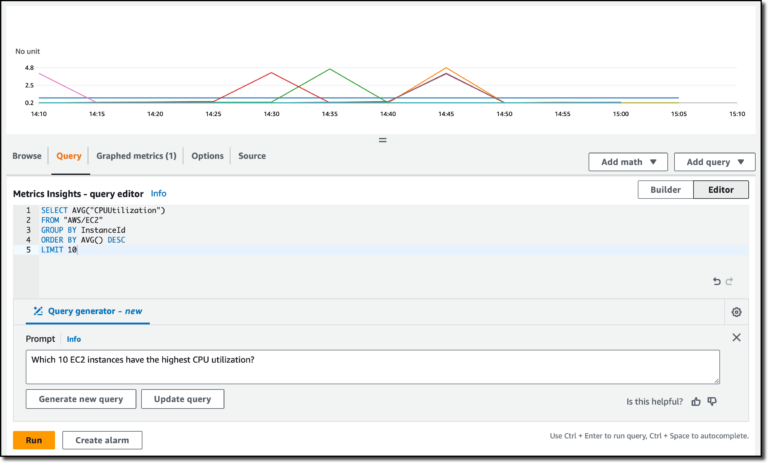This is the fourth piece of a 5-part series on plugging the obvious but overlooked gaps in achieving digital success through a refined data strategy.
How would you react if your nutritionist said this to you, “For the next month, reduce your amino acid intake by 2.5% and increase your folate consumption by 10%”?
Now consider your nutritionist communicating the same message but in a different way, “Reduce your consumption of meat and eggs to just one meal and add more fruits to your diet.” More understandable and also actionable, right?
This is the difference in the communication of data and its insights that most organizations seem to be missing.
Fancy-looking reports with tons of data are just that, fancy and nothing else. Often these loaded dashboards are so complex and full of technical information that a non-technical frontline manager or employee can’t even start to decipher. And when these same people are expected to depend on these complex reports to make everyday decisions, then you know, for sure, have hit a wall.
What’s the solution?
When you have mastered numbers, you will in fact no longer be reading numbers, any more than you read words when reading books. You will be reading meanings.
~ W.E.B. Du Bois
Being able to collect data is one thing, but being able to monetize it through actionable insights is another equally, if not more important thing. And a significant part about monetizing data is being able to present the insights in easily consumable and interactive KPI dashboards that even a layman other than an analyst can understand.
A KPI dashboard is a graphical representation of KPIs, metrics, and measures to monitor the performance of a business, team, or individual using a set of data points as a reference. This tool enables day-to-day consumption of relevant data in tracking the progress of various objectives and making insight-driven decisions, in a language that is simple for everyone to comprehend. When designed thoughtfully, KPI dashboards give clear visualizations that promote understanding over confusion.
Types of KPI Dashboards?
Typically, there can be three types of KPI dashboards within a single setup.
The strategic dashboard takes the entire business into view and shares key insights into the growth of the organization, communicating opportunities and threats at a high-level.
The operational dashboard is a team-level view of real-time data to make vital decisions in day-to-day operations.
And the analytical dashboard tracks fluctuations in data in an attempt to foresee potential problems.
Regardless of which of these dashboards are being deployed, one must always keep in mind that to become an insight-driven organization, the vastness and complexity of your data pool is great but even greater is the ability to break down the complex information derived from the data into small, consumable chunks of information.
In conclusion…
Here’s an analogy that often comes to my mind in this regard: the potential of a Chemistry teacher lies in her ability to break down her knowledge into consumable pieces of information for a ninth-grader. Works the same way with data analysts. The more you can simplify the insights derived from the data, the better will be the data-driven decisions and ultimately, the business impact.
Don’t forget to check out my previous blogs in the series to learn more about building a winning data strategy and plugging the often overlooked gaps in implementation.
By Anita Raj

Anita is a Germany-based technology evangelist with more than a decade of experience in Cloud, Big Data and AI. Previously, Anita has held product leadership roles in international markets such as UK and Silicon Valley for Fortune 100 companies such as Progress Software, Dell EMC and Infosys. LinkedIn Twitter @anita4tech




